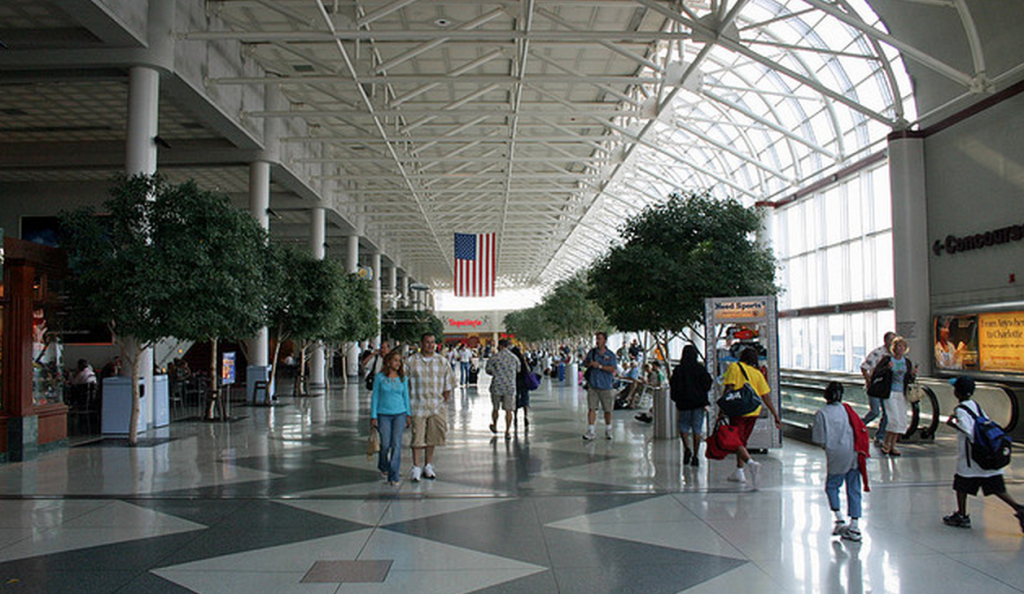Fewer Airlines Does Not Mean Fewer Flight Delays
Take Southwest, for example: a Wall Street Journal analysis shows that back in 2008, before the current merger mania, about 81.8% of their flights were on time. In 2011, they absorbed fellow discount airline AirTran, which at the time had a 77.9% on-time rate. Working together didn’t improve their performance: last year, the new and larger Southwest only got 74.9% of its flights to their destinations on time.
This formula doesn’t apply across the board, though: United and Continental merged in 2008, and managed to pull their on-time percentage up from, respectively, 74.2% and 75.5% in 2008 to 77.6% in 2014. Not a huge improvement, and part of that may have been that they cut their total number of flights significantly since the merger.
Do Fewer Airlines Mean More On-Time Flights? [Wall Street Journal]
Want more consumer news? Visit our parent organization, Consumer Reports, for the latest on scams, recalls, and other consumer issues.


